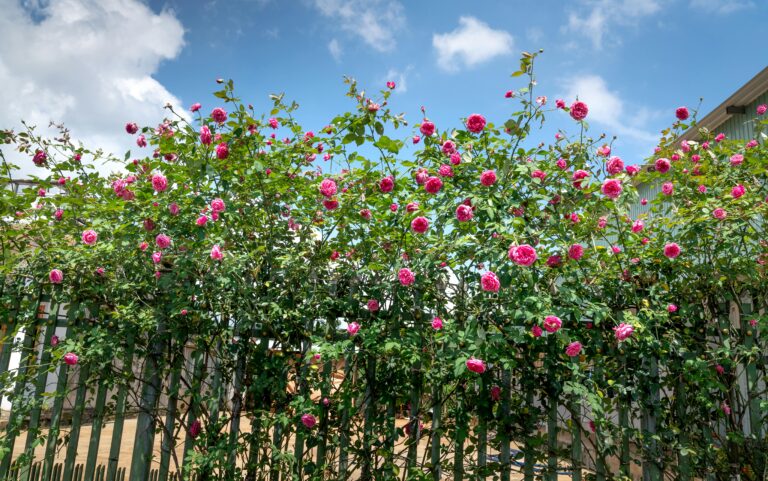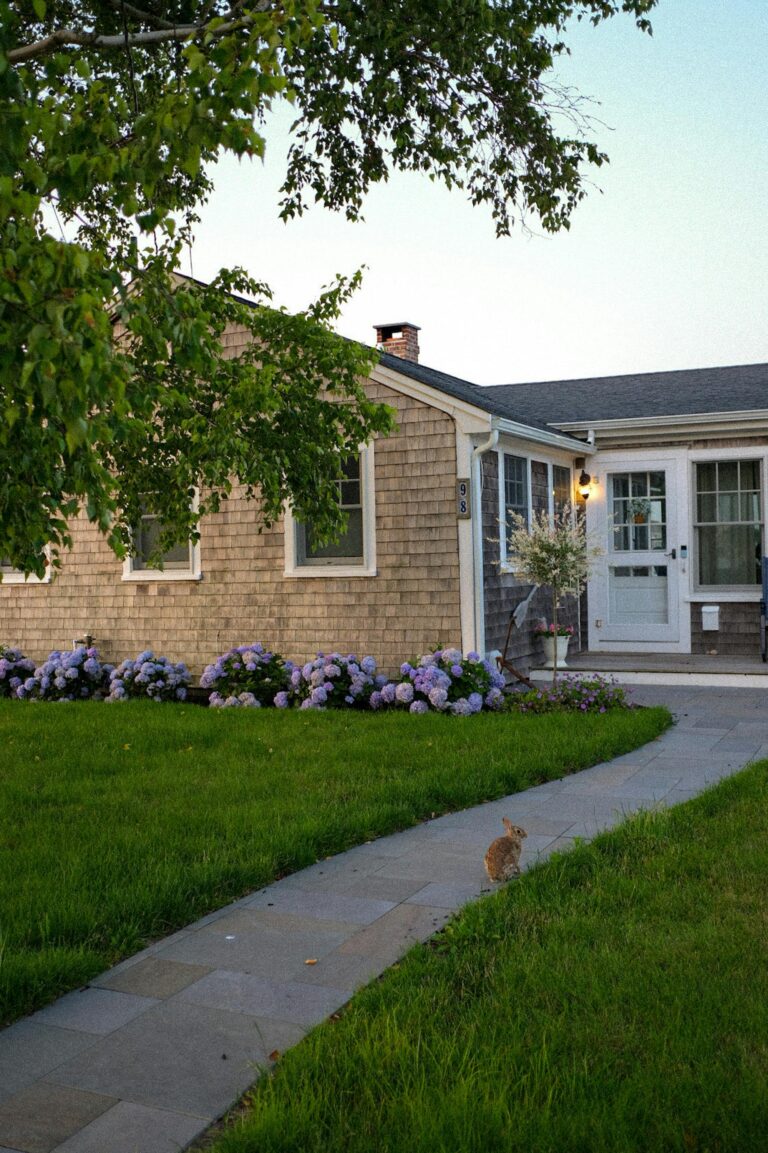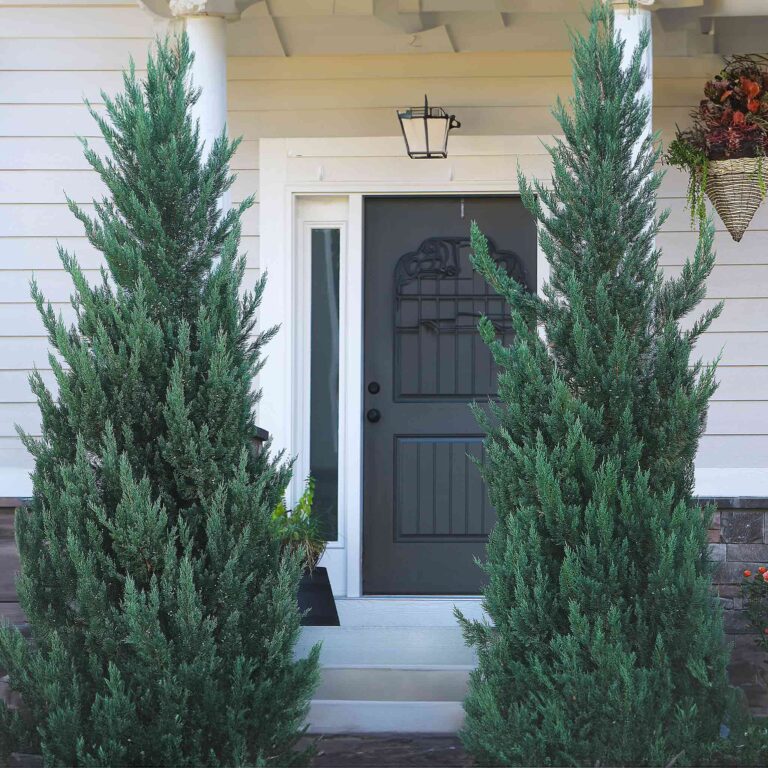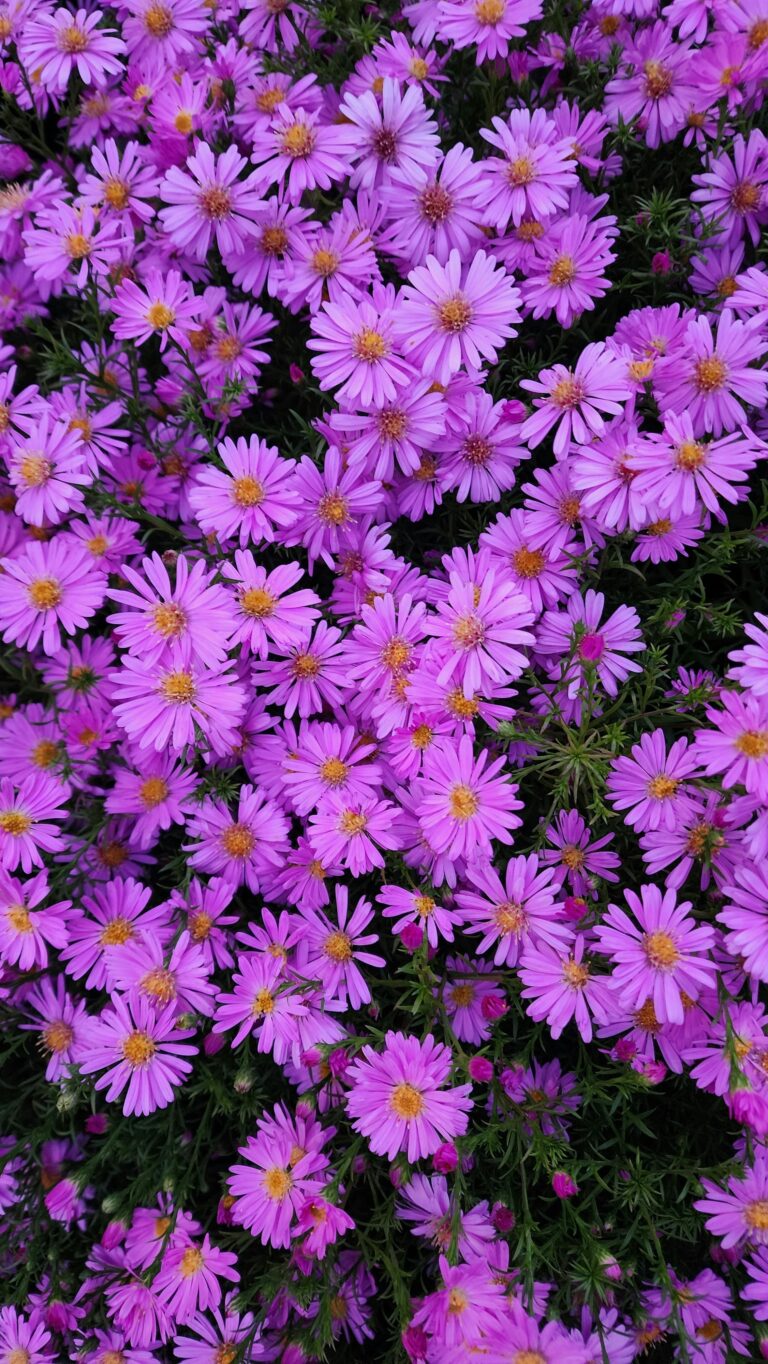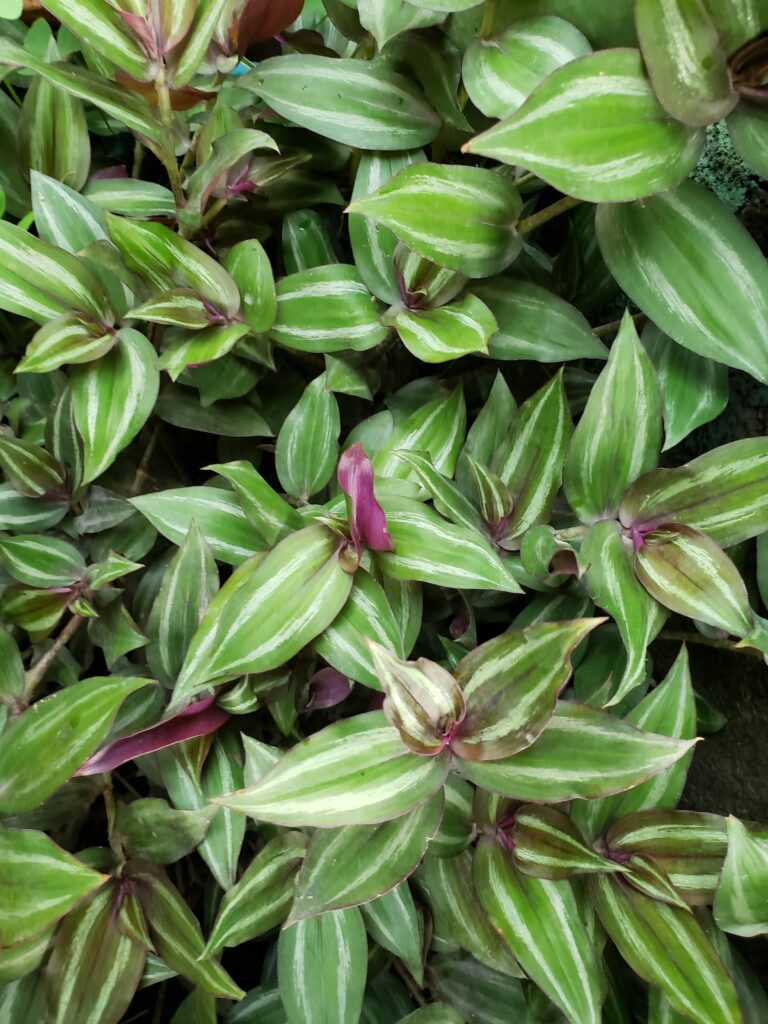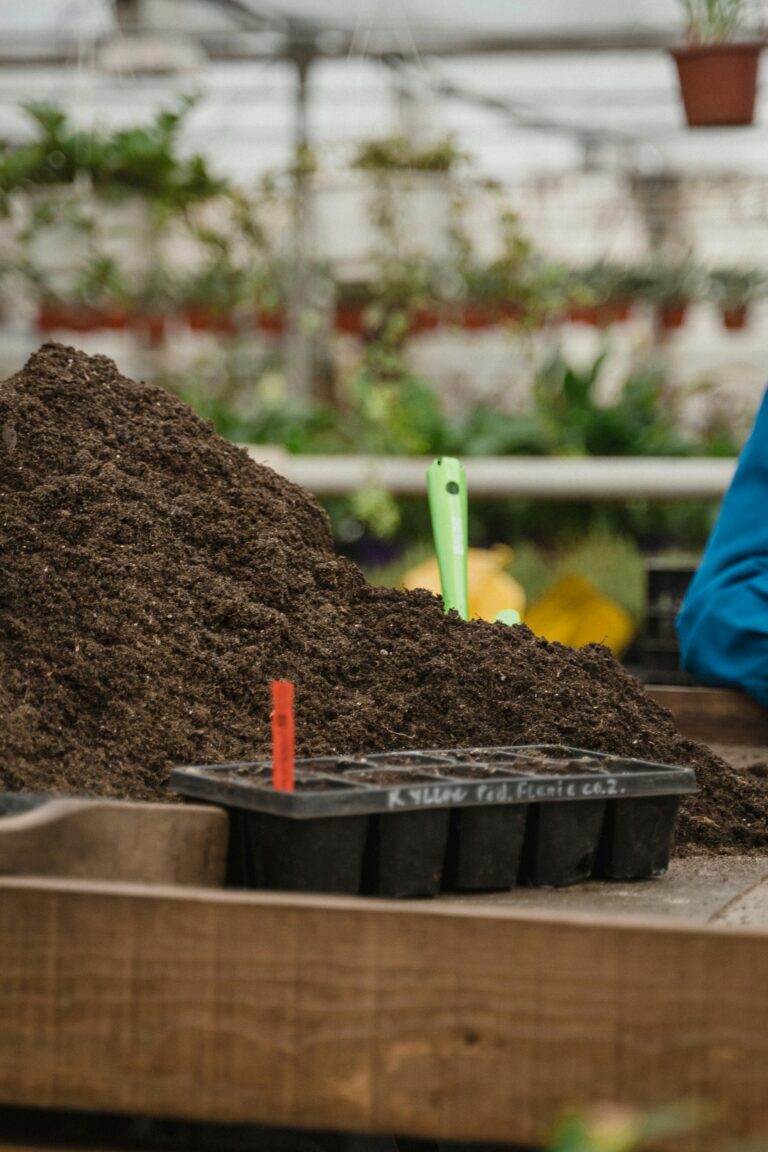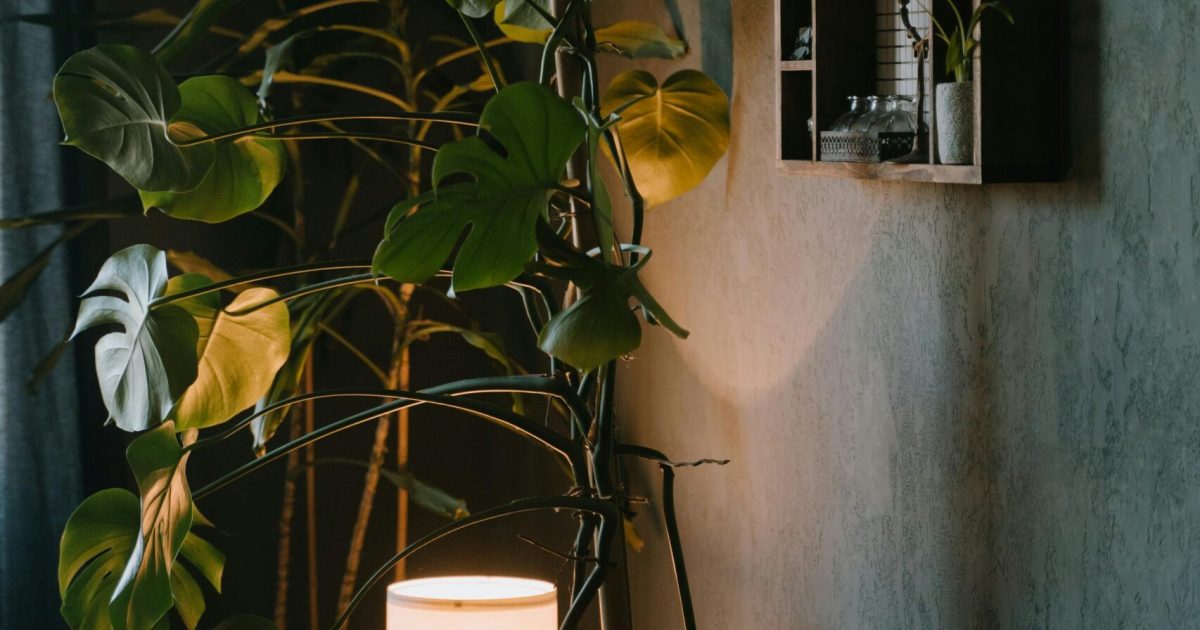
As a gardener with five years of experience, I can tell you that when it comes to growing healthy plants, light is everything. It doesn’t matter if you’ve got the perfect soil mix, the best watering routine, or all the right plant food—without the right amount of light, your plants are going to struggle. If you’ve ever wondered how long to keep your plants in the light or what types of plants do well with different levels of sunlight, this guide is for you.
Whether you’re based in the US or UK, understanding how light affects your indoor plants will make a world of difference.
Why Light Is Crucial for Plant Growth
All plants need light to photosynthesize. That’s the process where they use sunlight, water, and carbon dioxide to create food for themselves—basically, the energy they need to grow. Without enough light, your plant’s growth will slow down, leaves may turn yellow, and it might become leggy (stretching toward the light).
But not all plants need the same amount of light. Some thrive in direct sunlight, while others prefer indirect or filtered light. Let’s break down the types of light-loving plants and how much sunlight each one needs.
Types of Light for Plants
1. Full Sun Plants (6+ Hours of Direct Sunlight)
These plants are the sun worshippers of the plant world. They thrive in bright, direct sunlight and need at least 6 hours a day to stay happy. If you have a south-facing window in your home, this is where they’ll feel right at home.
- Examples: Succulents, Cacti, Bird of Paradise, Aloe Vera
- Light Requirement: 6-8 hours of direct sunlight
- Best Spot: Place them near a south-facing window or even outdoors on a sunny patio during the warmer months.
Pro Tip: Rotate your plants every couple of weeks to make sure all sides get equal exposure to light. This helps them grow evenly and prevents them from leaning in one direction.
2. Bright Indirect Light Plants (4-6 Hours of Filtered Light)
Most indoor plants fall into this category. They prefer bright but indirect light—think near a window with sheer curtains or a spot where they get some sunlight, but it’s not too intense. These plants love consistency but don’t handle harsh, direct rays well.
- Examples: Snake Plant, Fiddle Leaf Fig, Calathea
- Light Requirement: 4-6 hours of bright, indirect light
- Best Spot: Near an east-facing window, where they can enjoy soft morning sun, or a spot slightly away from a south or west-facing window where they won’t get blasted by intense afternoon light.
Pro Tip: If you notice brown edges or crispy leaves, your plant might be getting too much direct sunlight. Move it a little further from the window or add a curtain to soften the light.
3. Low Light Plants (1-4 Hours of Low Light or Shade)
These plants are perfect for rooms with minimal natural light. They can survive with just a few hours of low light each day, making them ideal for north-facing rooms or dim corners. But be careful—low light doesn’t mean no light! Even the hardiest low-light plants need some form of light to photosynthesize.
- Examples: ZZ Plant, Cast Iron Plant, Peace Lily
- Light Requirement: 1-4 hours of low, indirect light
- Best Spot: Place them in a north-facing room, or further back in a south-facing room where they’re shielded from direct sunlight.
Pro Tip: Low light plants are great for beginners, but don’t forget to dust their leaves regularly. Dust can block what little light they’re getting and make it harder for them to photosynthesize.
How Long Should Plants Be Kept in the Light?
This depends entirely on the type of plant, but here’s a general rule of thumb for indoor plants:
- Full Sun Plants: Keep them in bright, direct light for at least 6-8 hours daily. If you’re in a region where sunlight is limited during certain seasons, consider supplementing with a grow light.
- Bright Indirect Light Plants: They need about 4-6 hours of indirect sunlight each day. They can tolerate some direct morning or evening light, but avoid placing them in the direct path of afternoon sun.
- Low Light Plants: 1-4 hours of indirect or low light is enough. These plants are the least demanding when it comes to light, but still need a little exposure to stay healthy.
Pro Tip: Plants in low light may grow more slowly, and that’s perfectly normal. Just don’t overcompensate by moving them to bright light suddenly, as this could shock the plant.
Signs Your Plant Is Getting Too Much or Too Little Light
It’s important to watch how your plants respond to their light environment. If your plant isn’t getting the right amount of light, it will start to show signs. Here’s what to look for:
Too Much Light:
- Brown or scorched leaves: The edges or tips of the leaves may turn crispy.
- Faded or bleached leaves: The color may look lighter, especially on plants with dark green foliage.
- Soil drying out quickly: You might need to water more frequently if your plant is in direct sun.
Too Little Light:
- Leggy growth: The plant stretches toward the light source, making it look long and spindly.
- Drooping or wilting leaves: The leaves may look weak or limp.
- Slow growth: If your plant is growing slower than usual, it might not be getting enough light.
Seasonal Adjustments: Light in Summer vs. Winter
Don’t forget that the amount of sunlight changes throughout the year, especially in places like the UK where winters are darker. Here’s how to adjust:
- Summer: Move light-sensitive plants away from windows during the hottest parts of the day to avoid sunburn. Full sun plants may thrive outdoors if the temperatures allow.
- Winter: You may need to move your plants closer to windows to make the most of the limited sunlight, or consider using a grow light for sun-loving plants.
Pro Tip: In winter, reduce watering for all plants since they aren’t growing as much. Less sunlight means less photosynthesis and slower growth, so they don’t need as much water.
Final Thoughts: Trust Your Plant and the Light
Getting the light right for your plants is all about balance. Every plant is unique, and you’ll need to adjust based on their specific needs and how much light your home gets. Pay attention to the signs your plant gives you, and don’t be afraid to move them around if they aren’t thriving where they are.
In my experience, most plants can handle a little trial and error as long as you keep an eye on them. And once you figure out the perfect lighting conditions, your indoor garden will be lush, vibrant, and full of life!
Happy gardening, and may your plants always find the perfect spot in the sun! 🌞🌿

